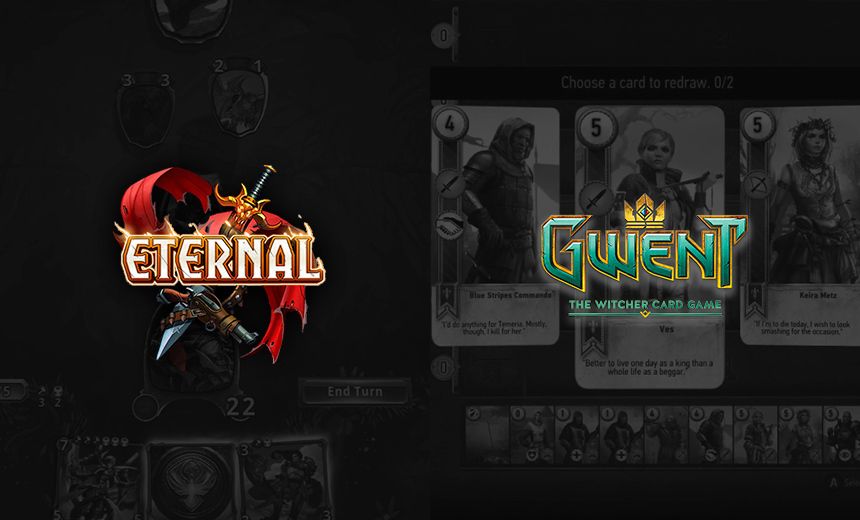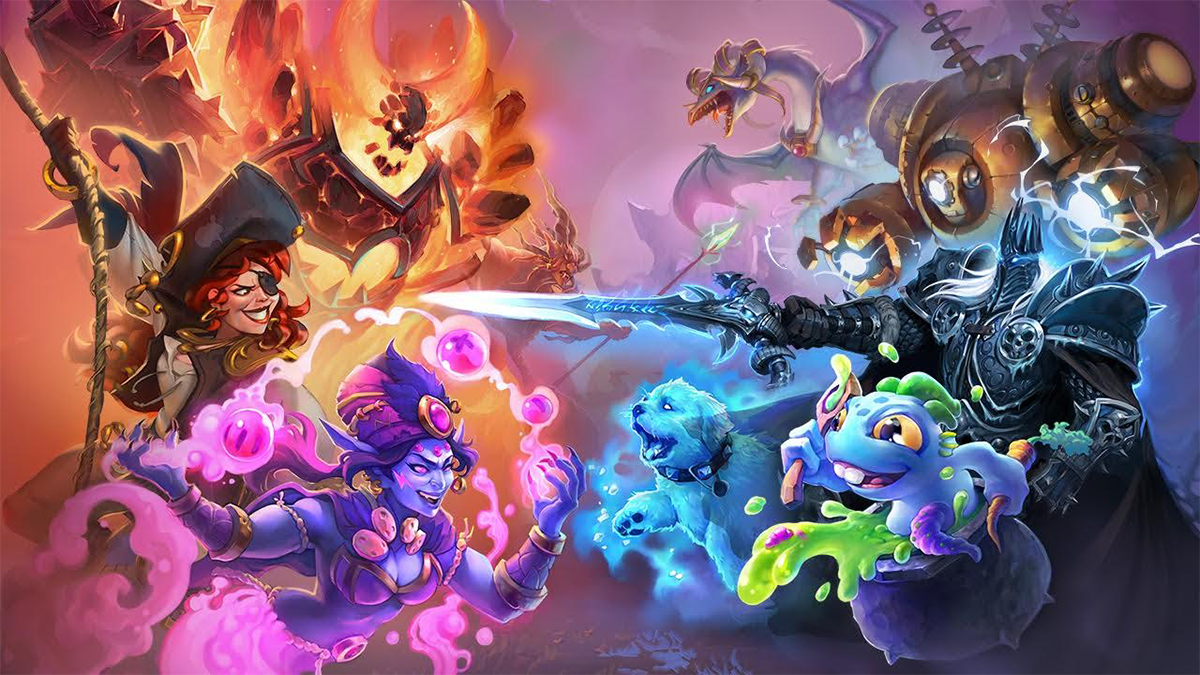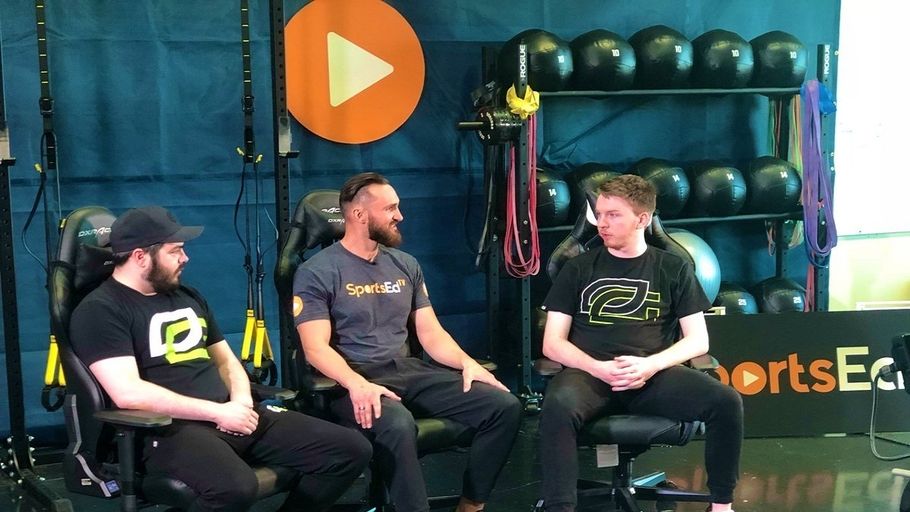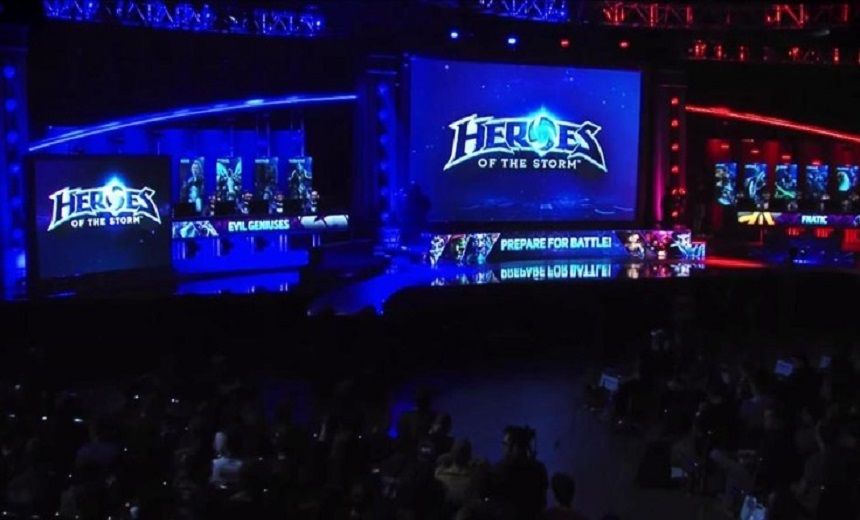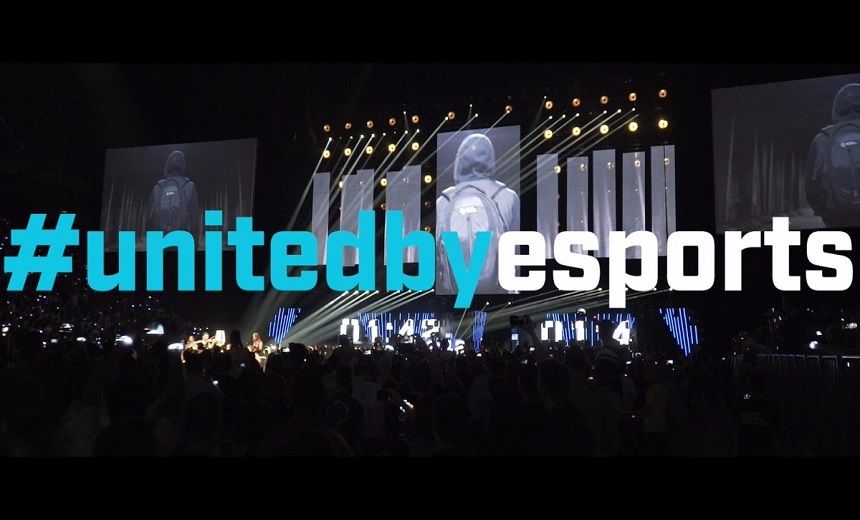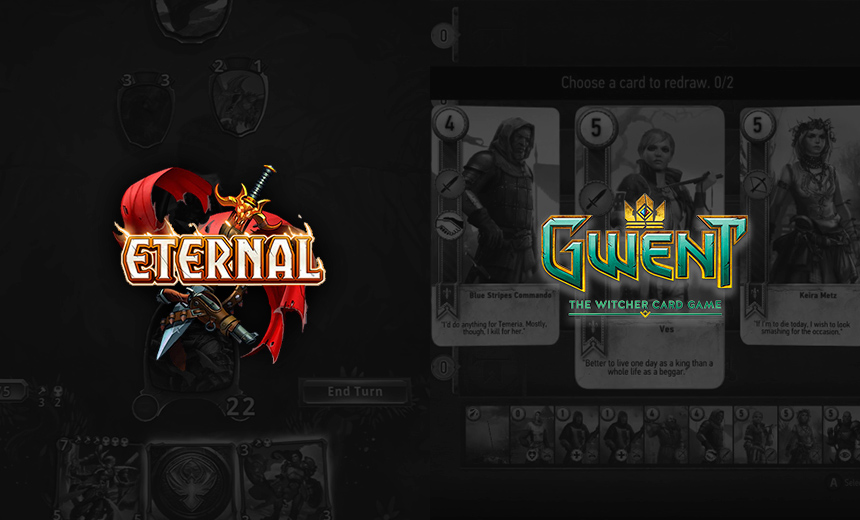
PREVIOUSLY ON "BEYOND HEARTHSTONE": Duelyst and Faeria
For my second edition of “Beyond Hearthstone”, I am returning to the good old card game battlefield. No grids, no living terrains, no miniatures. Just a deck of cards and lanes to play them.
The two titles featured here could not be more different to each other, but they share a common denominator: They both operate on simple or familiar concepts but are very hard to master, due to the complexity of their gameplay. Today, we’re looking at CD Projekt’s GWENT—the Witcher card game—and Dire Wolf’s Eternal, a title inspired by the king of all CCGs.
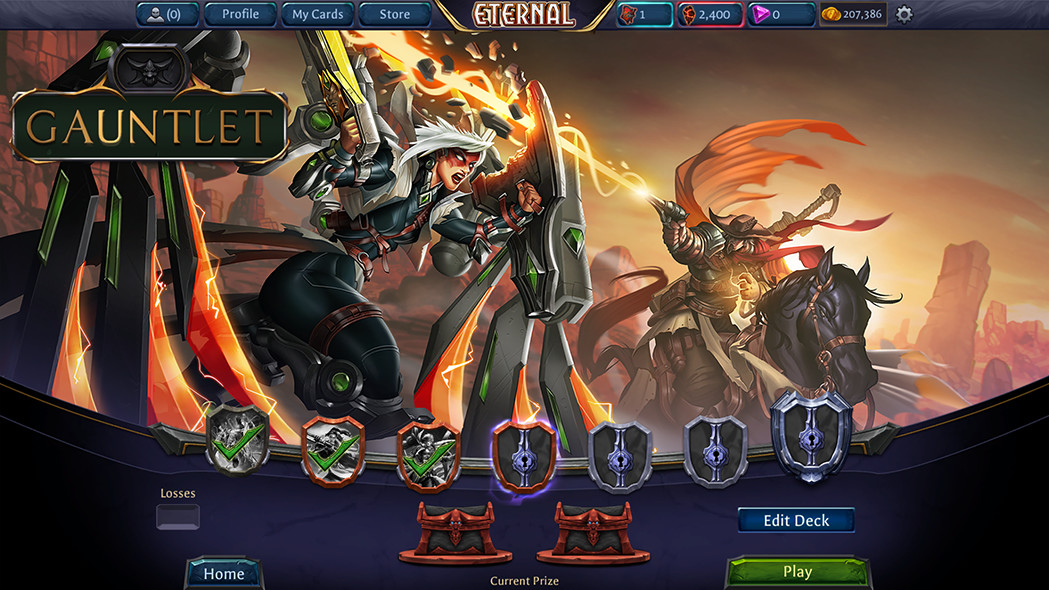
Developer: Dire Wolf
Factions: 5
Unique mechanics: Reactionary gameplay, multi-classing, lands as cards, keep-what-you-draft
When I abandoned my beloved Magic: The Gathering a few years ago, it was for two reasons. One, I couldn’t afford to keep playing a game which had grown so hungry for cash with every expansion’s price levels inflated by the value of the multi-colored lands. Two, there was no good way to play Magic online, which is something I direly needed as my free time for going out to local card shops became sparse. The abomination called MTG Online—the world’s worst invention since the atomic bomb—made my parting of ways with the card game pioneer very easy.
Less than a week ago, as I started researching games for this mini-series, I stumbled onto Eternal by Dire Wolf, the company responsible for The Elder Scrolls: Legends card game, a title I’ll get to later in this series. Mere hours into playing Eternal, I was back to the glorious MTG days. Everything felt so familiar and so elegantly packaged for the digital consumer.
Excluding the actual cards, Eternal is practically MTG’s digital reincarnation. The game has five colors—white, green, blue, black (ok, deep purple, same thing) and red—which directly correspond to the color identities in Magic. White gains life, green plays big minions, blue plays the disruption and card draw game, red is all fire and flames and aggression and black is sadistic and masochistic at the same time. Even the multi-colored decks in Eternal’s universe correspond well to their MTG counterparts: A white/green Eternal deck will play very much the same big midrange game that a WG Magic deck will and the blue/black lists in both revolve around board nukes and card draw and survive on single digit life points before their late-game bombs turn the match around.
Eternal has also inherited MTG’s defining characteristic: Reactive spells and minions. Most modern CCG’s do not allow the player to act during his or her opponent’s turn and whoever’s in the driving seat dictates how a turn will go on. Eternal, however, implements the so called “Fast Spells” which can be played at any time—during battle or at the end of the turn—as well as the “Ambush Creatures” which operate the same way. At any second, your plans can be disrupted by a patiently preserved counter card. You’ll rarely feel helpless during the enemy turn.
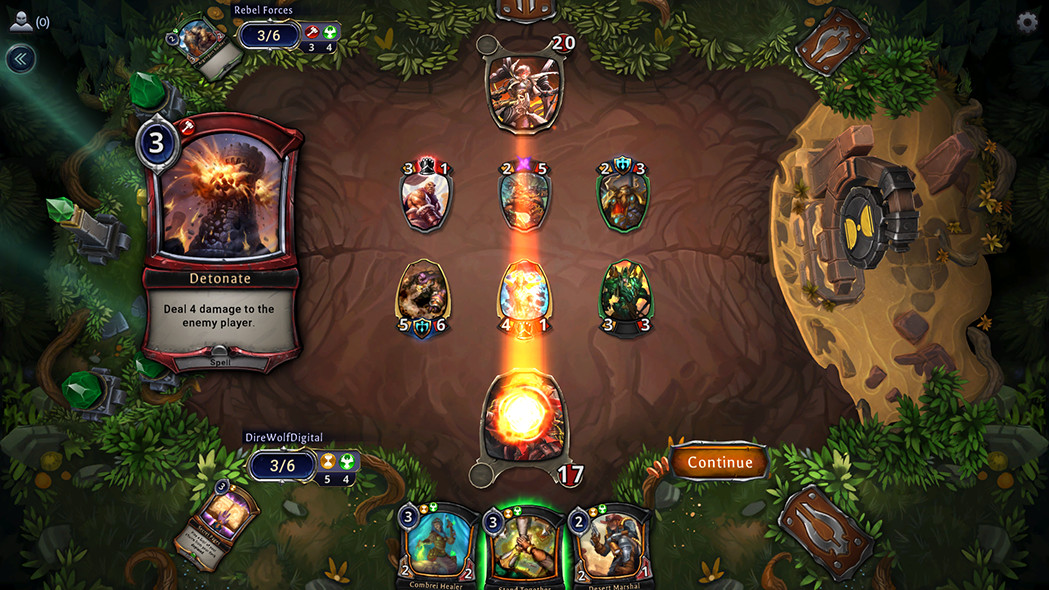
Battle is also reactionary in Eternal, just like MTG. Unlike Hearthstone where you direct minion attacks wherever you see fit, in Eternal there’s a declare attackers and declare blockers phases. Aggro decks cannot just “go face” with everything they have, as every enemy minion that isn’t “exhausted” (i.e. attacked the previous turn or is stunned in some way) can “taunt” up and block another minion. Fast removal spells can also be a stick in the battle wheels as a player can easily find himself in unfavorable position when two of his attacking minions are removed right at the start of the battle.
Eternal’s different draft modes also behave like Magic’s and you get to keep the cards you pick. If you’re good at this kind of gameplay, you’ll be looking at a full collection very soon.
That brings me up to Eternal’s final amazing selling point: The game has the fastest card acquisition speed and the best new player experience I’ve seen. Card packs contain 12 cards and there are multiple mode where you get to fight AI opponents for gold and cards.
The one thing that will put off many players is Eternal’s land system, again the same as Magic’s. How much mana you have each turn and of which colors is dependent on how many lands—or sigils—you draw and if you’ve never played Wizard’s TCG you’ll be in a rude awakening. Too few lands? Can’t play your spells and you lose. Too many lands? You don’t have enough threats and you lose. Missing that blue mana to clear the board from the 15 1/1 tokens? You’re overrun and you lose.
It’s glorious, though, I swear. Give it a try, you won’t regret it.
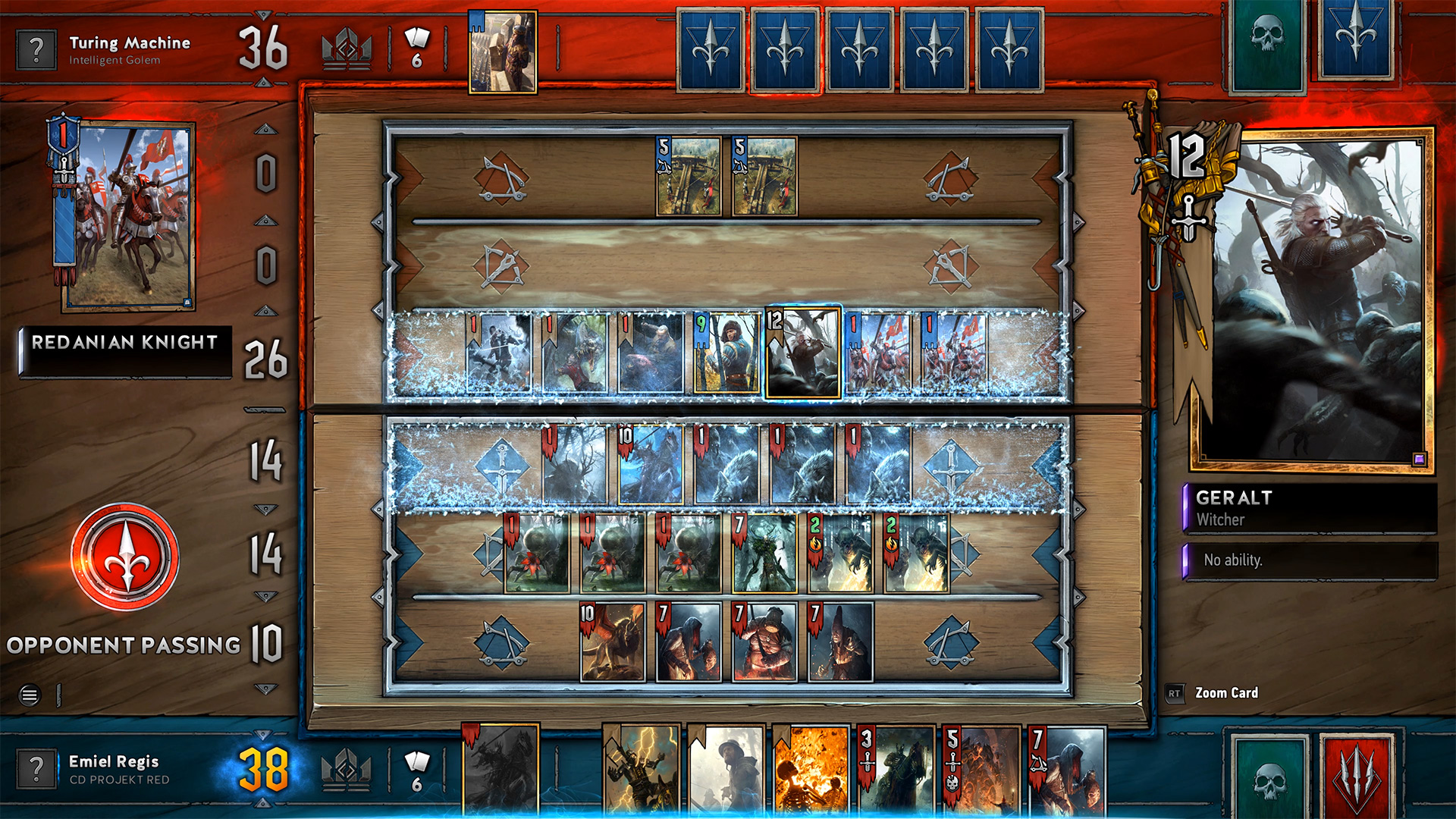
Developer: CD Project RED
Factions: 5
Unique features: Everything
GWENT is truly unique in the CCG market, which is why it’s difficult for me to describe its unique features one by one. You’ll need to forget all fundamentals of traditional CCG’s like Magic and Hearthstone and even the more advanced ones like Duelyst. GWENT carries a very old-school, table-top feeling and is closer to deck building board games than Magic and Hearthstone.
There aren’t real battles in GWENT and there’s no enemy with X points to bring down. The card game of the Witcher realms is played in rounds and players need to win two out of three by simply collecting more points per round then their opponents.
The GWENT battlefield is represented by three lanes on each side—Melee, Ranged and Siege—on which you play units and spells associated with that lane. Minions have a strength value which adds to your total score—so if you play two cavaliers with 8 strength each you’ll have accumulated 16 points—while spells and certain minion effects can enhance your score or disrupt the enemy’s.
It’s a simple fundamental but that’s just the tip of the iceberg. The depth of GWENT is overwhelming, more than any digital card game I’ve played. It was as early as my first two or three games against real opponents when my understanding of how GWENT matches are supposed to be won was shattered.
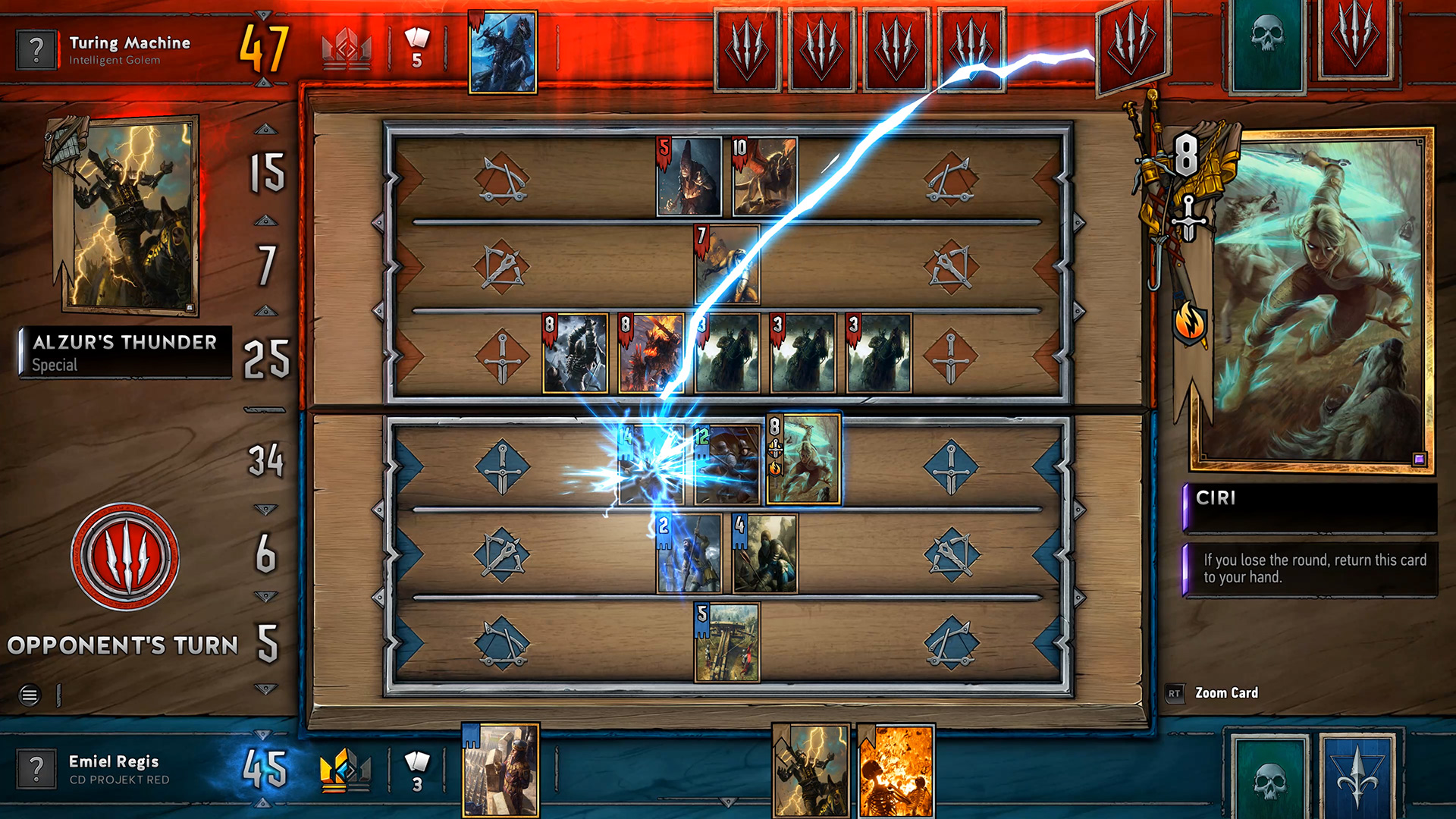
One of the first lessons I was taught was that experienced players will often bait their opponent into overcommitting resources on the first turn and even lose that first round on purpose, only to enter subsequent turns with card advantage and from there—point advantage. A major part in GWENT is that you don’t fully refill your hand of ten cards at the start of each round, so being efficient with your resources is key to victory. There are only 22 cards in each player’s decks but to get good at GWENT you’ll have to be intimately familiar with the archetypes both you and your opponent are playing. You’ll have to think not just turns but whole rounds ahead. If the opponent has surrendered round one, how does he plan to win round two, how can I stop him and if I can’t how do I best increase my chances in round three, given what cards are and will be played between now and ten minutes later.
I often fell victim to the oldest bait tactic in the world, too, where I would overcommit points to a lane only to see it frozen or drowned in rains created by the enemy (weather cards are GWENT’s version of board removals). This one I figured out early and learned to apply it myself, but it was still hell to figure out when it is appropriate to do, or even play into it on purpose. If I bait two weather effects this turn, even at the cost of the majority of my army, can I still win round three with that balance of power in mind?
In a sense, GWENT matches are mathematical problems. Experienced GWENTers will know the maximum points available in each deck and will actively calculate ways to tilt the equation. Ever wanted to be in the Zack Galifianakis meme? GWENT’s the way to go.
Which of the two: Nydra’s verdict
I’ll say this: I wish GWENT was a table top game with printed cards. If it was, I would dedicate sleepless nights over pints of beer, trying to outsmart my friends who already hate me because they can never beat me at Chaos in the Old World. When it comes to digital card games, however, Eternal is my pick.
The reason is simple and I’m not ashamed of it: Eternal is more newb-friendly than GWENT, which is what I’m looking for when I explore new card games. GWENT is not a game you can play while watching a TV show or a Twitch stream. GWENT requires your absolute full attention and will be appreciated by young hungry minds. Even with its reactionary gameplay as a defining characteristic, Eternal fits my casual-meets-hardcore needs best.

